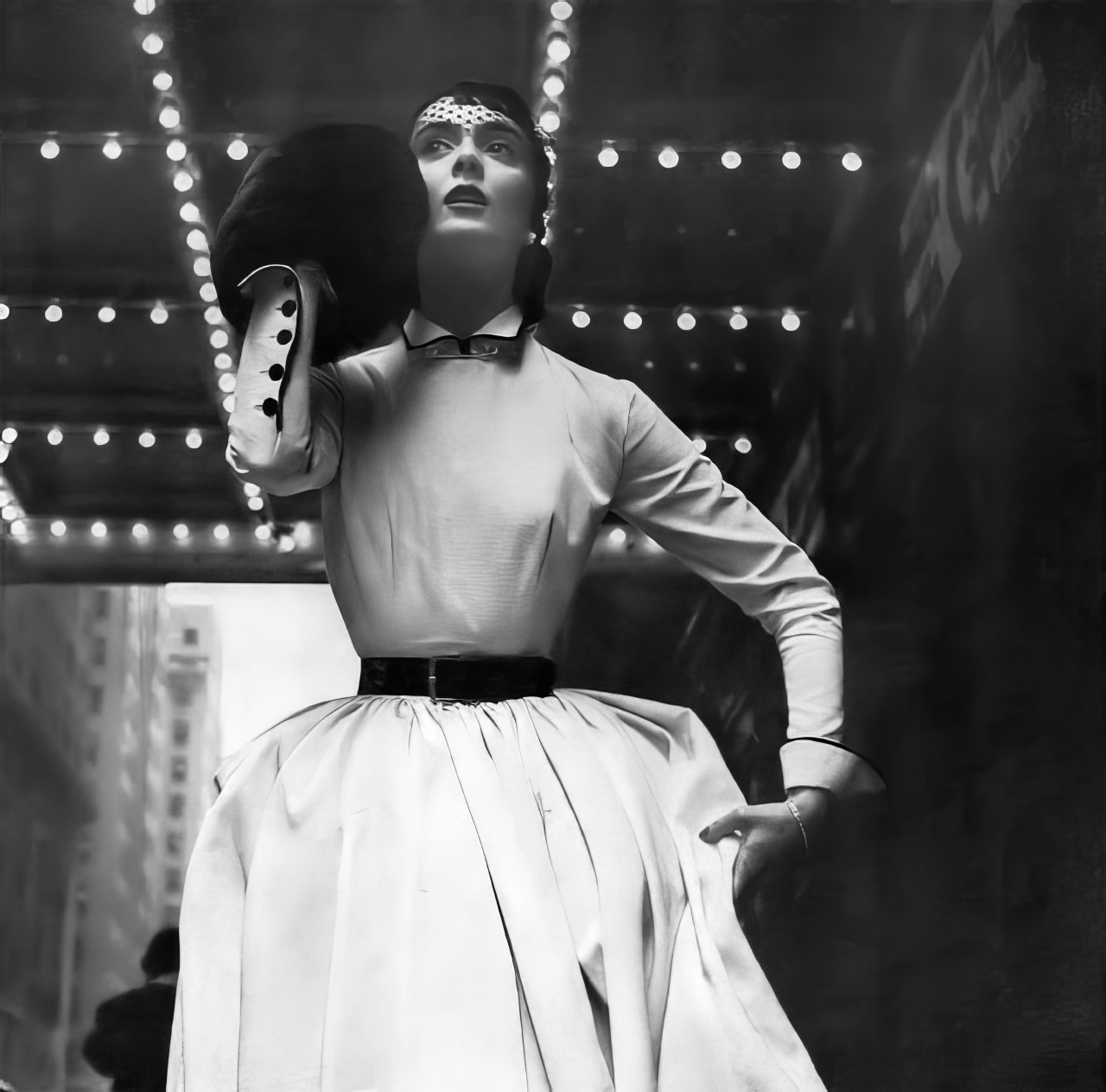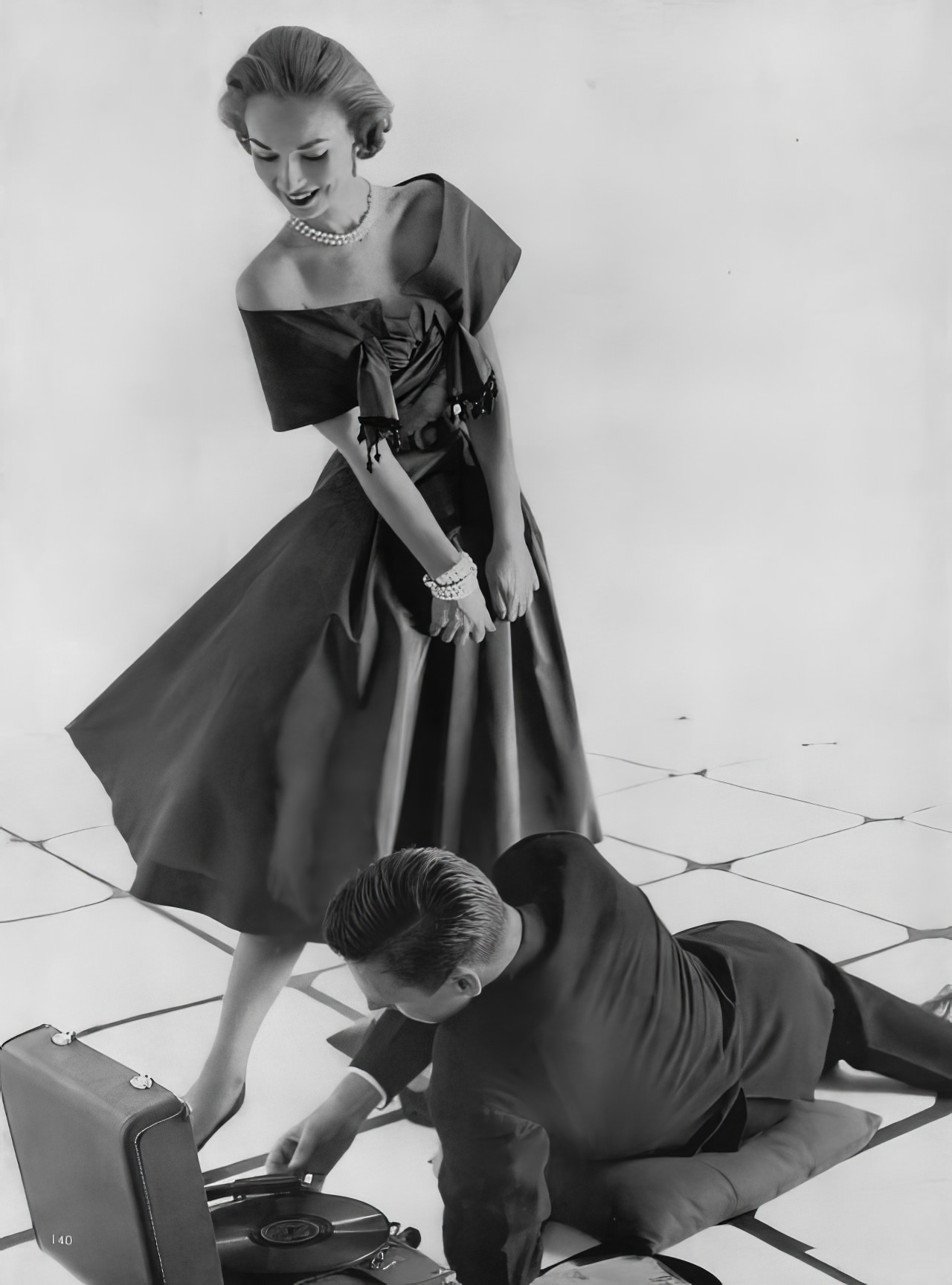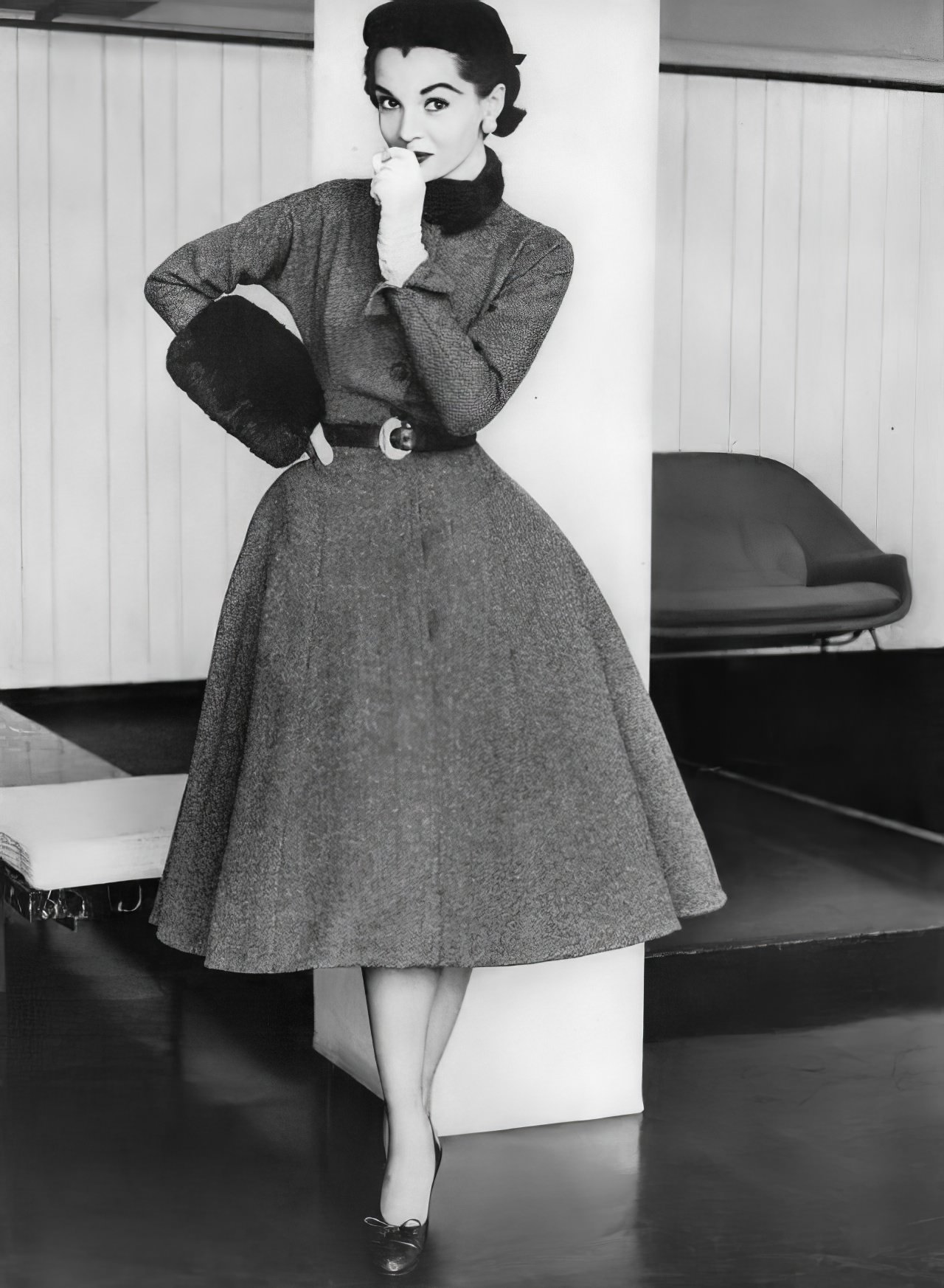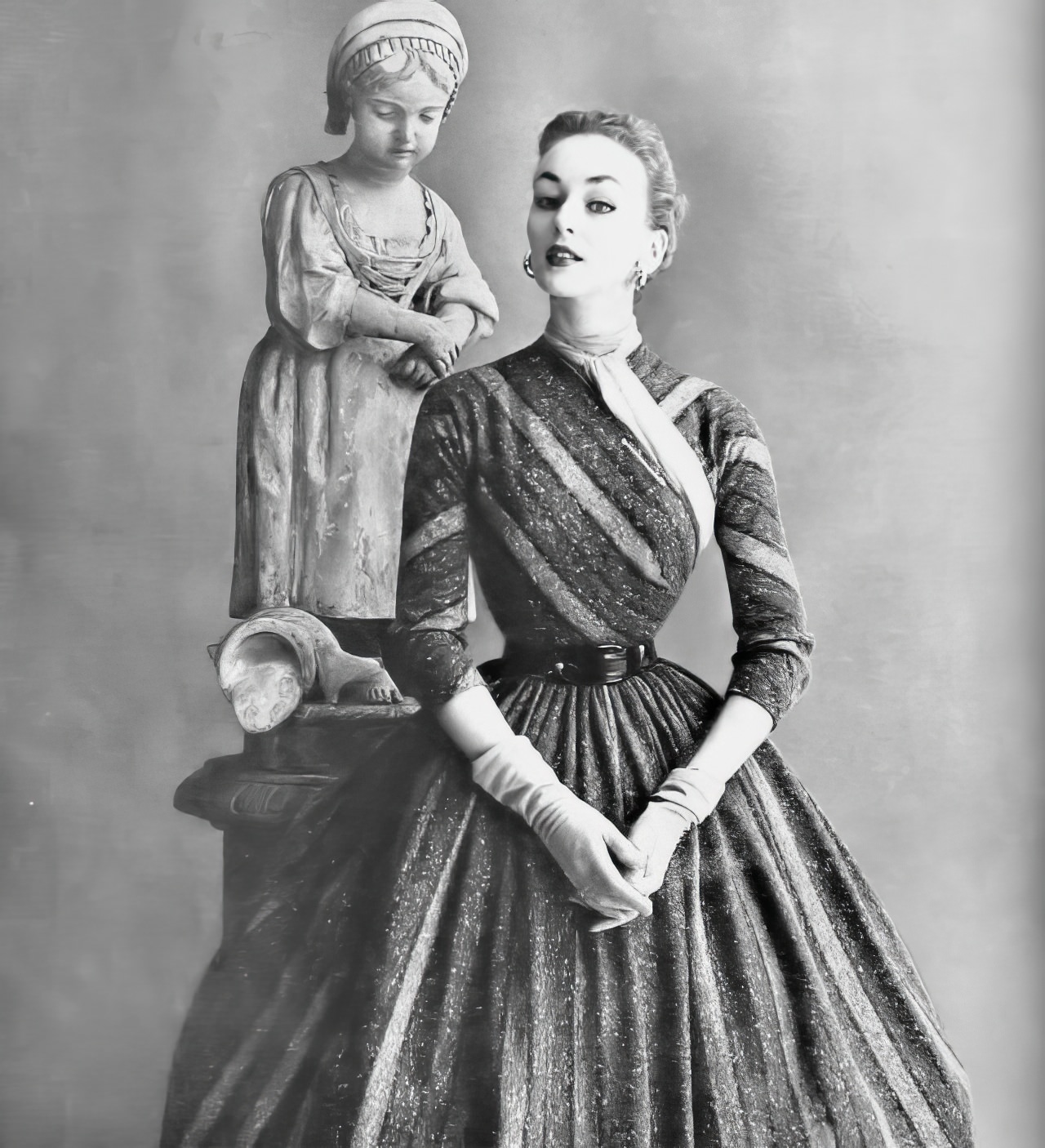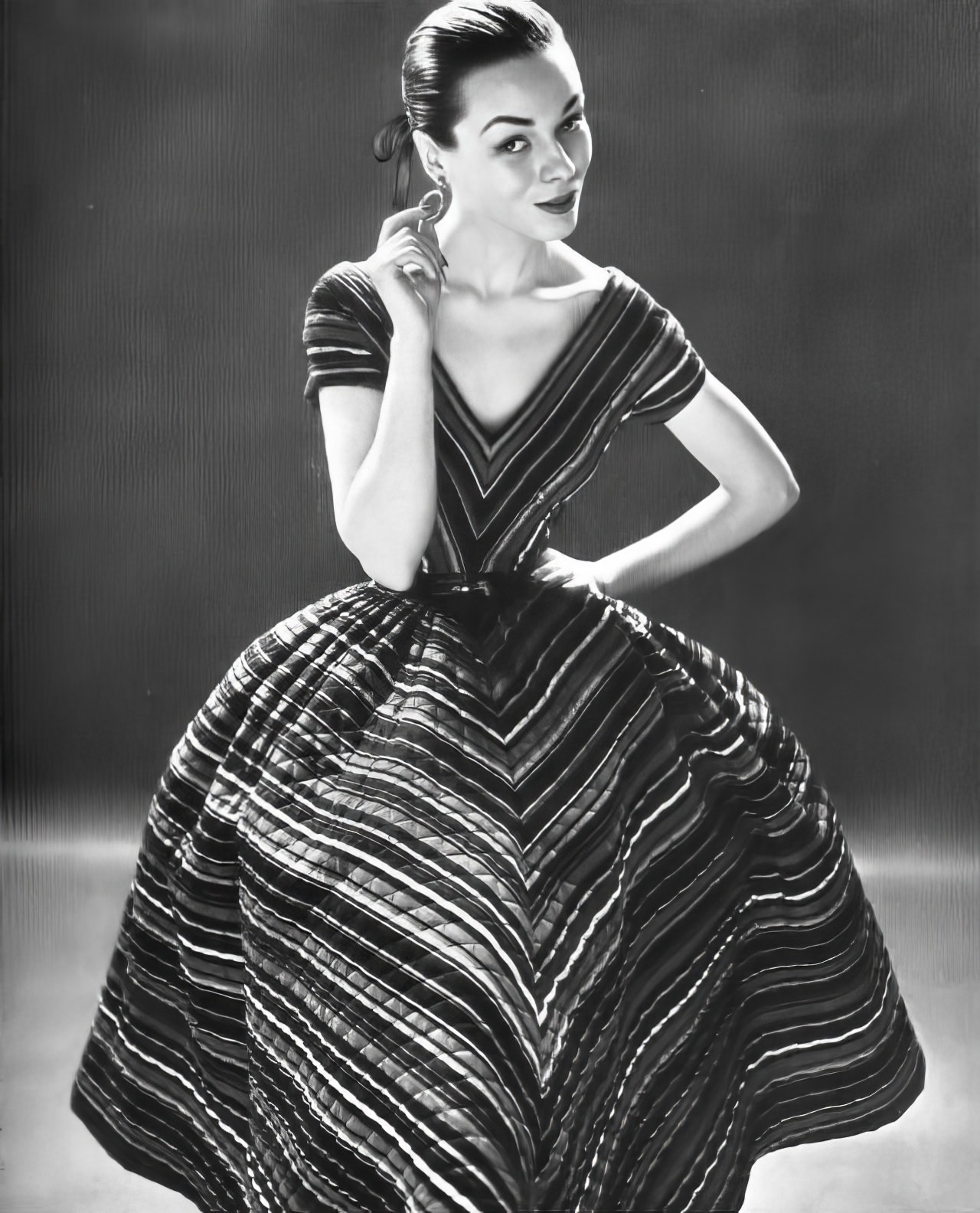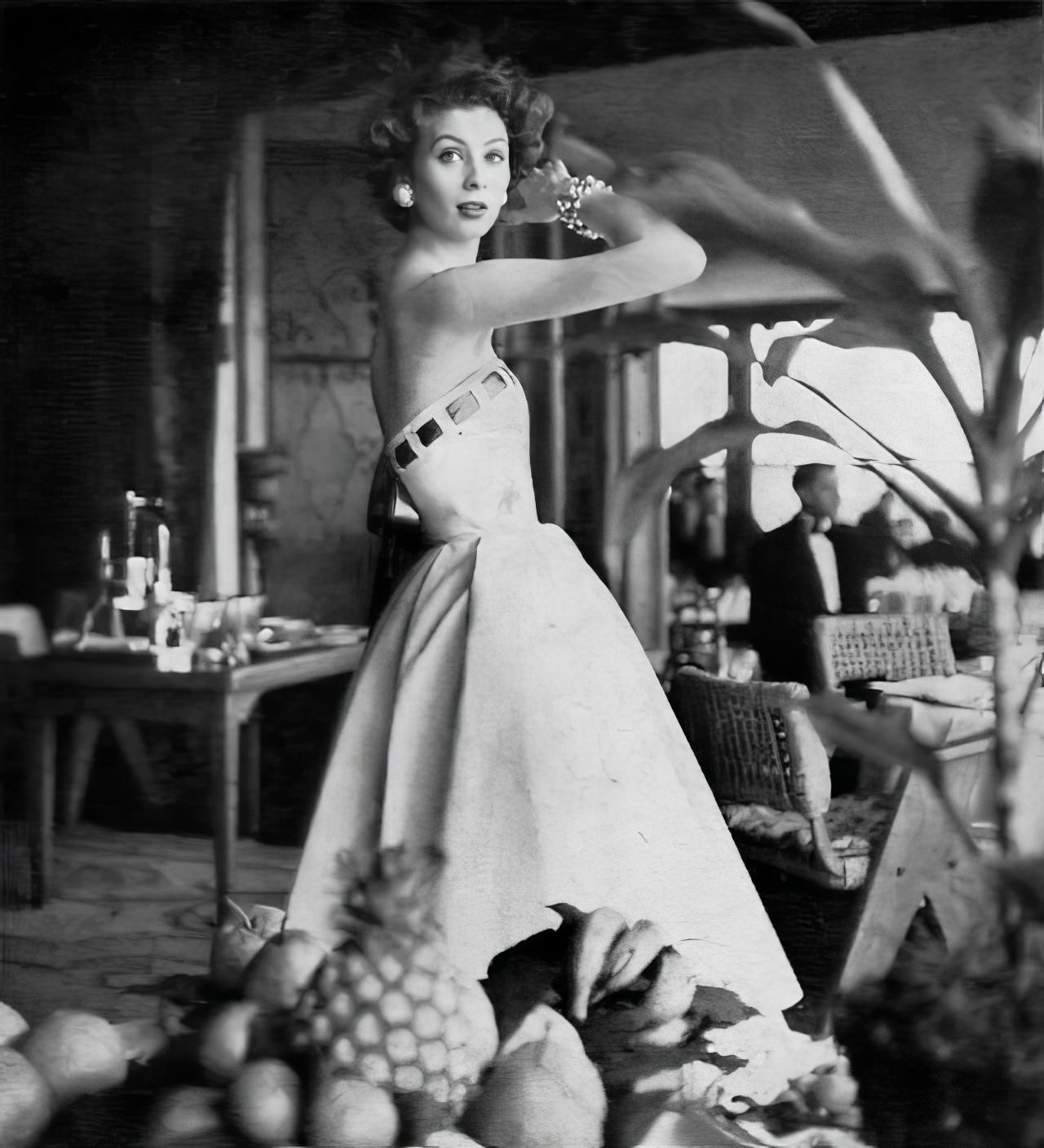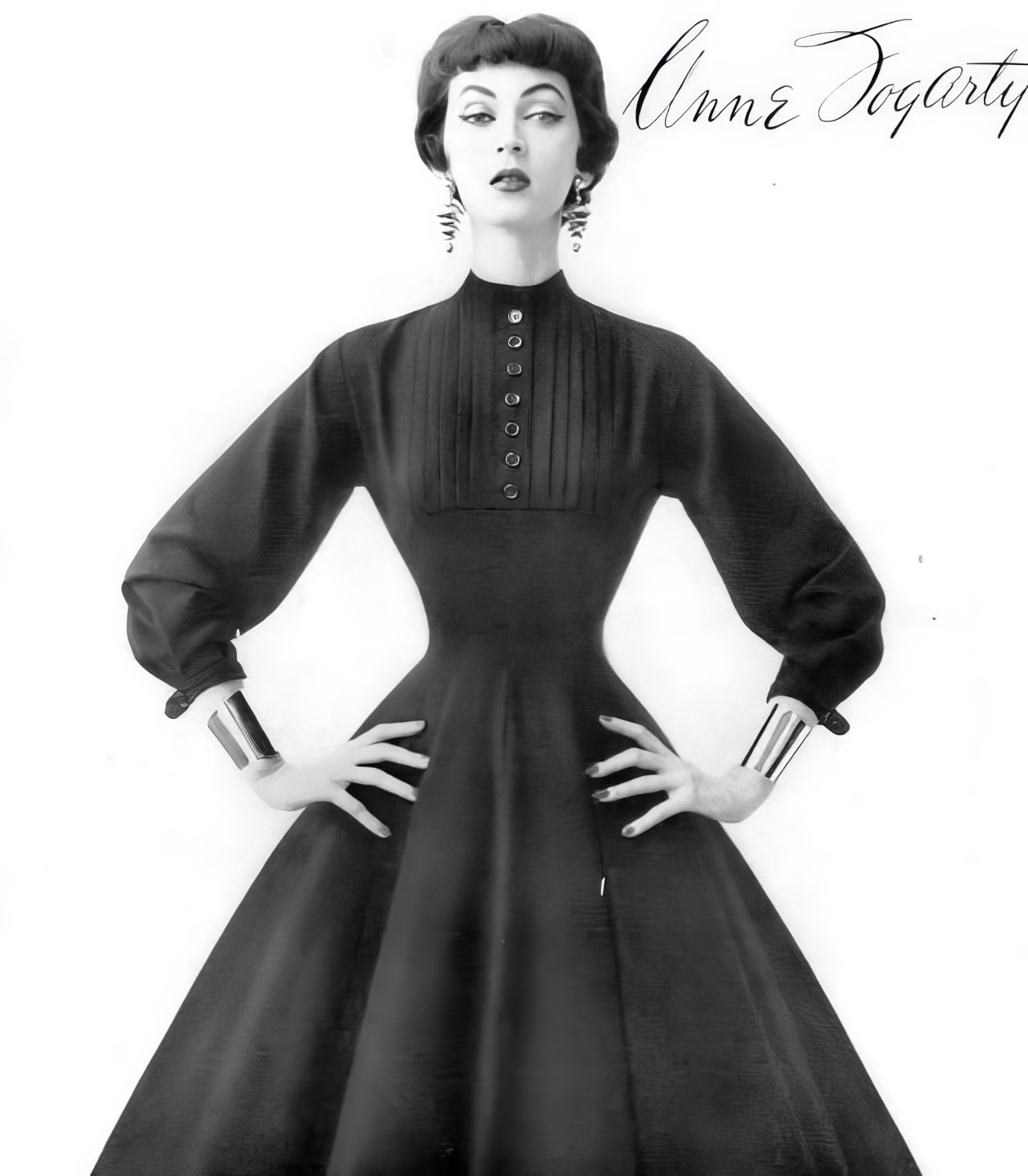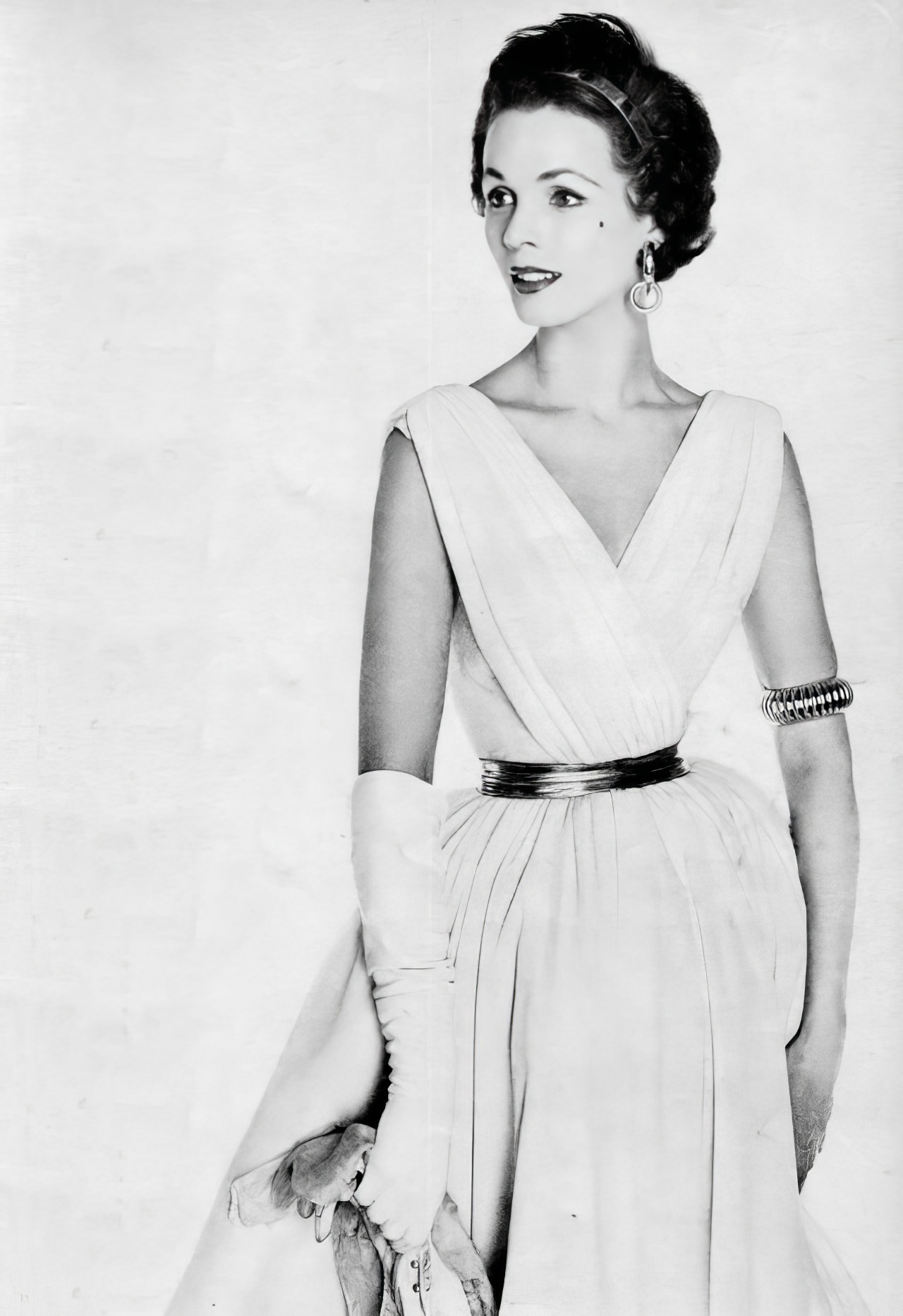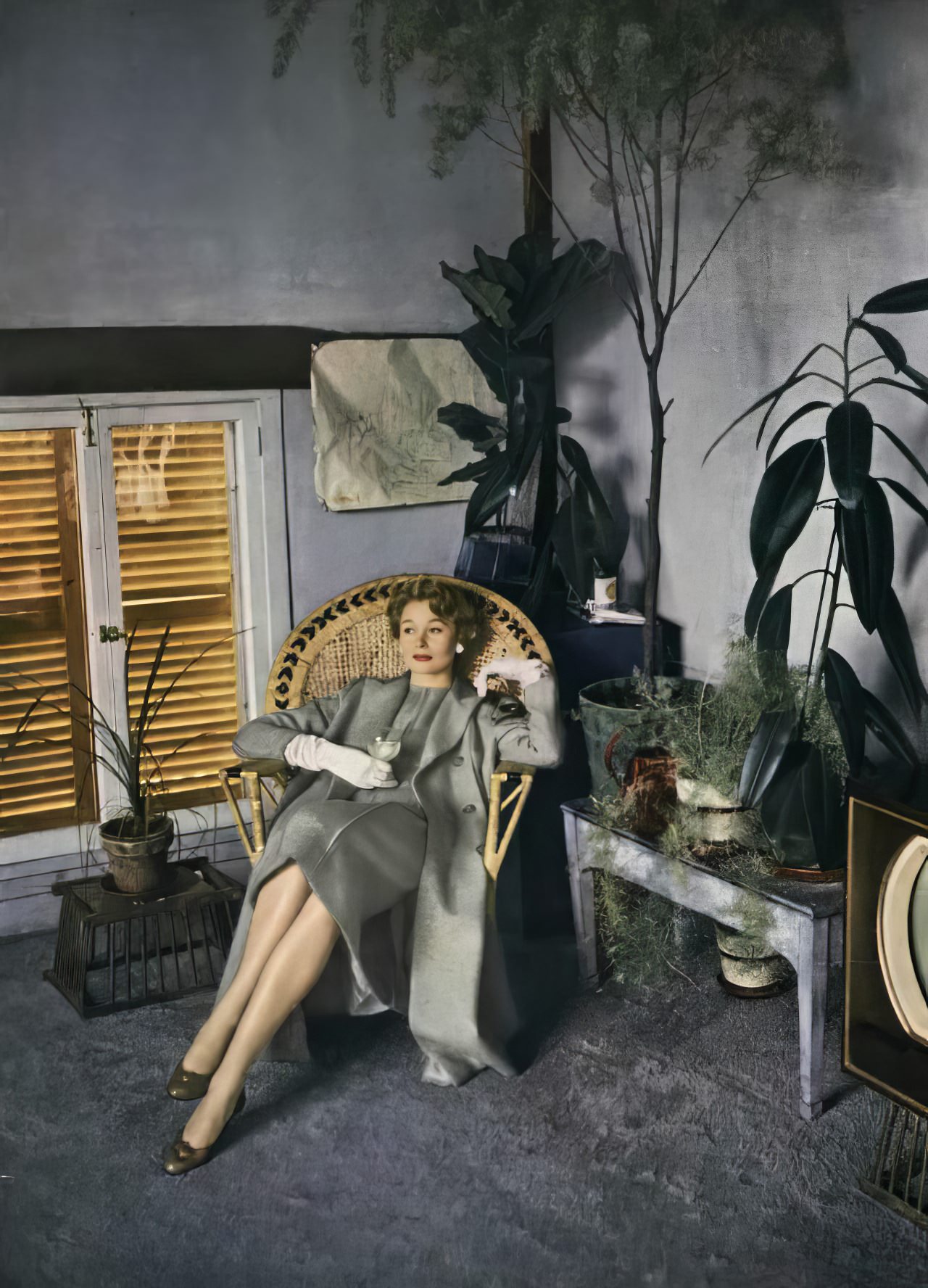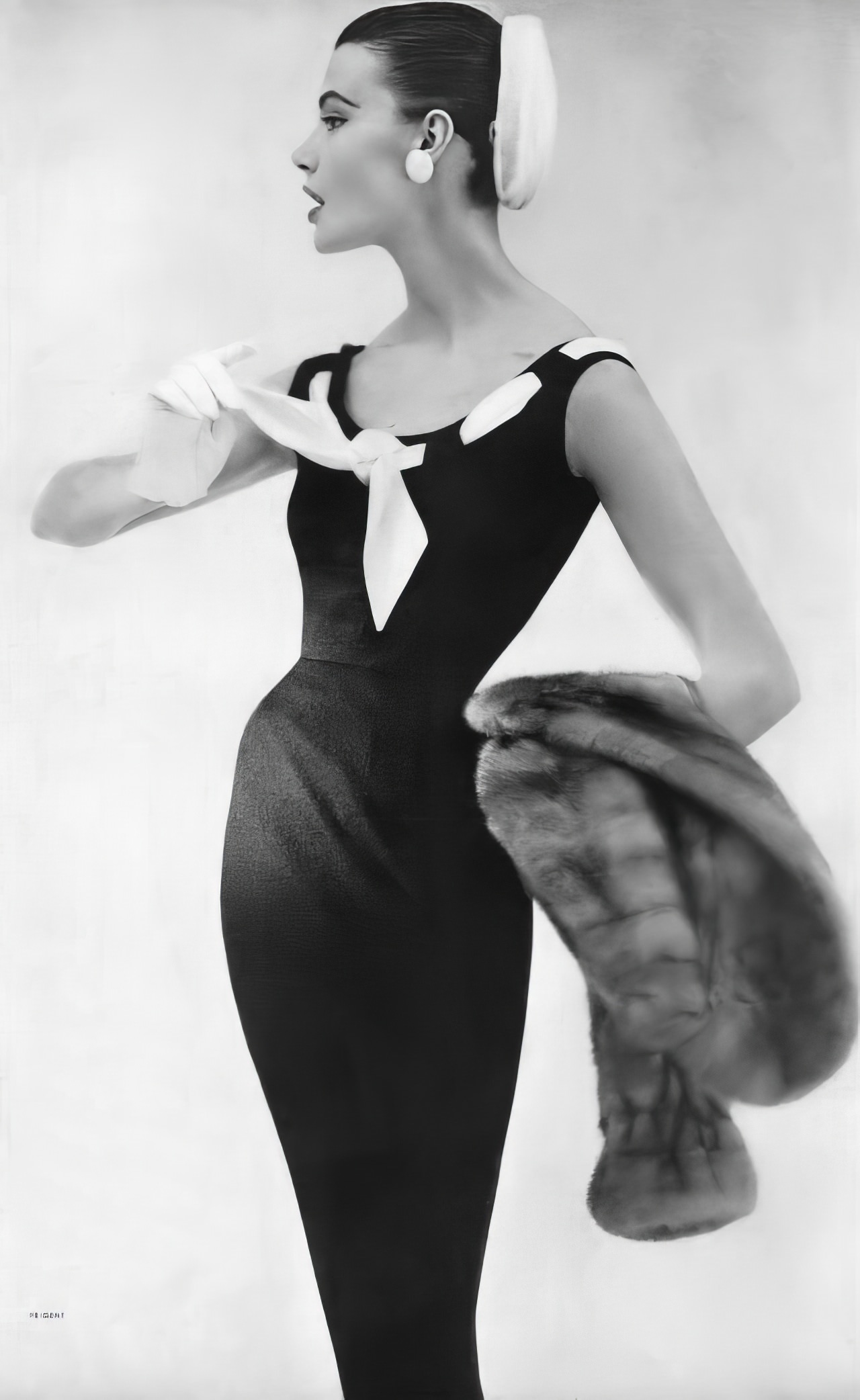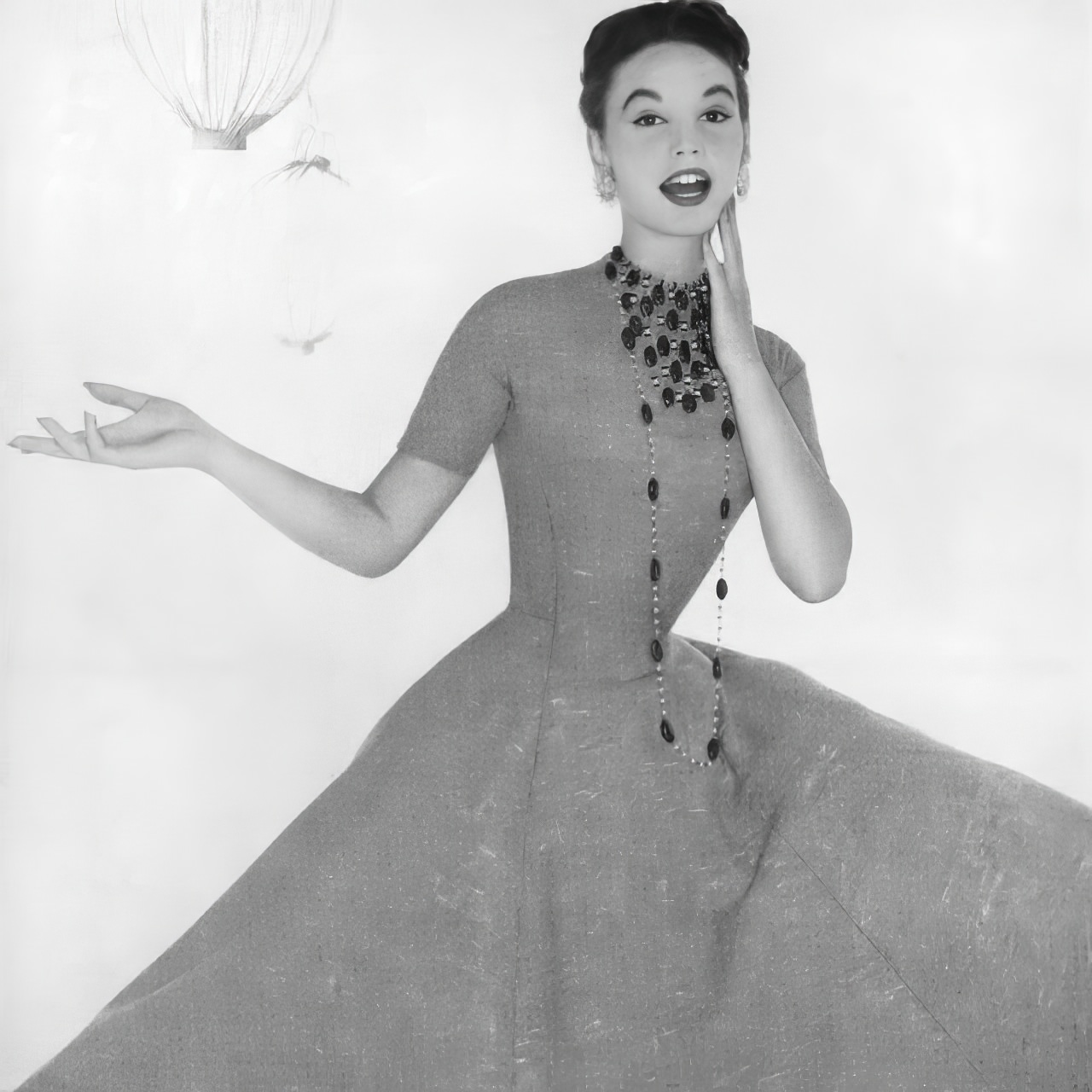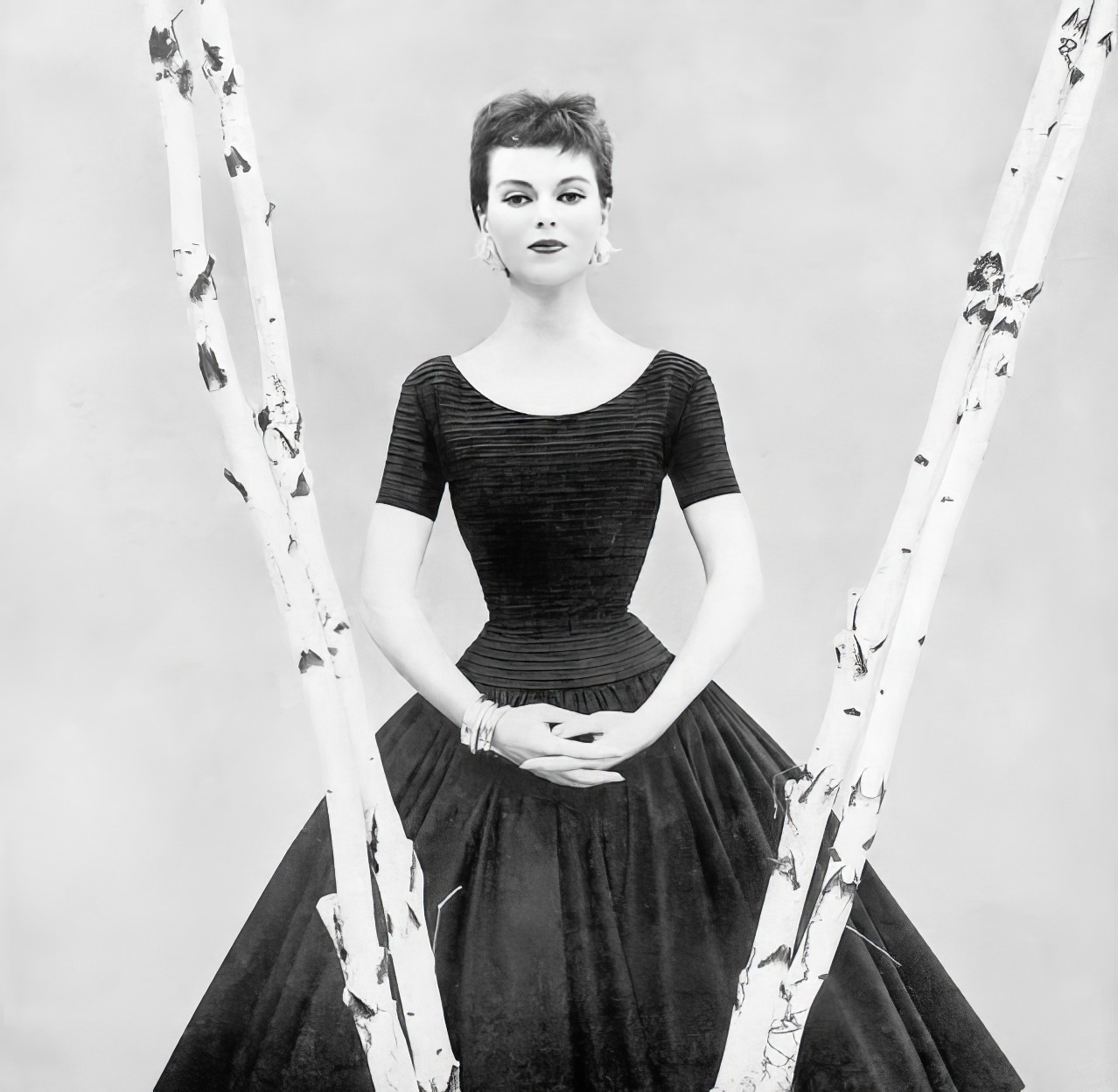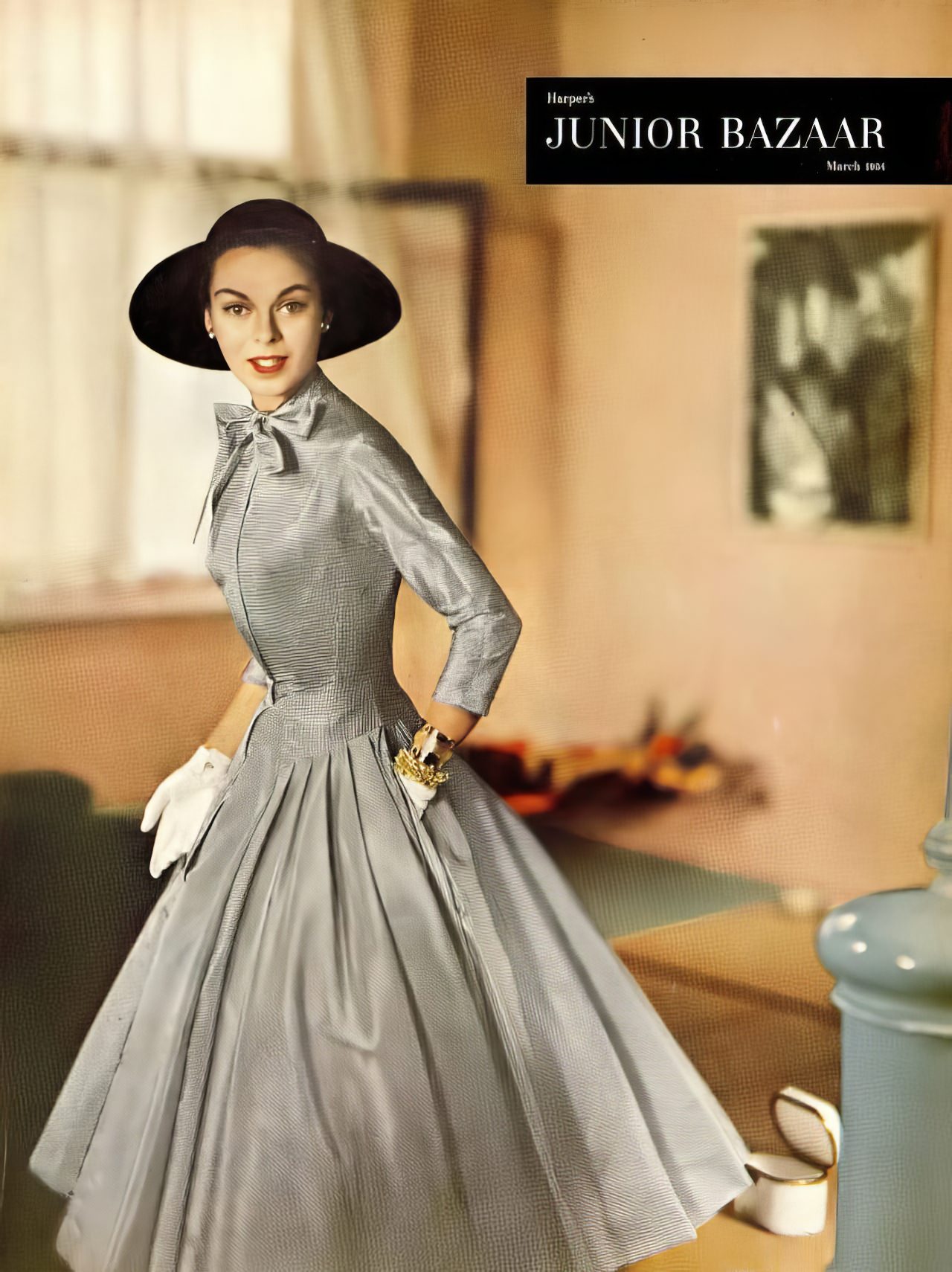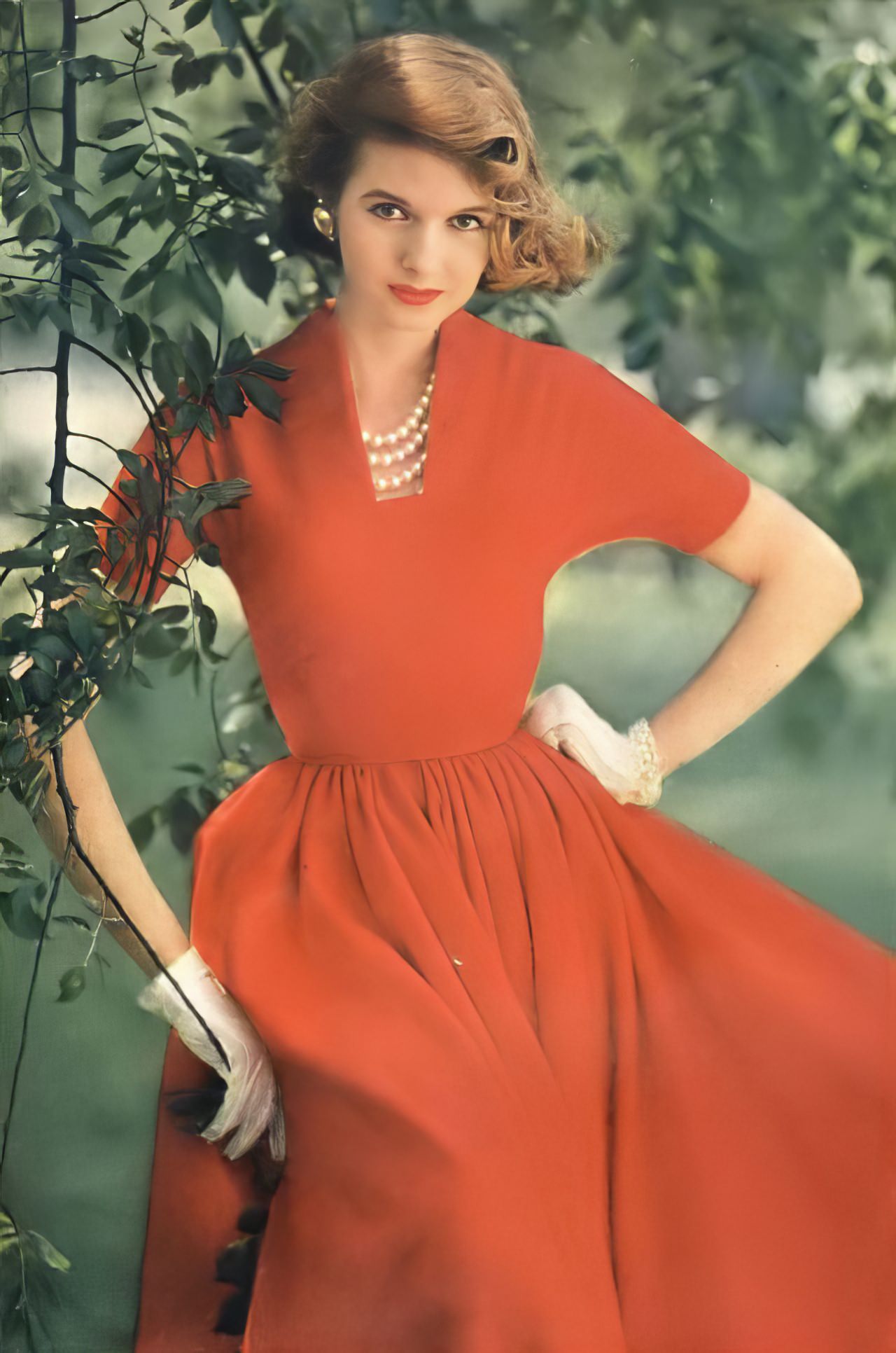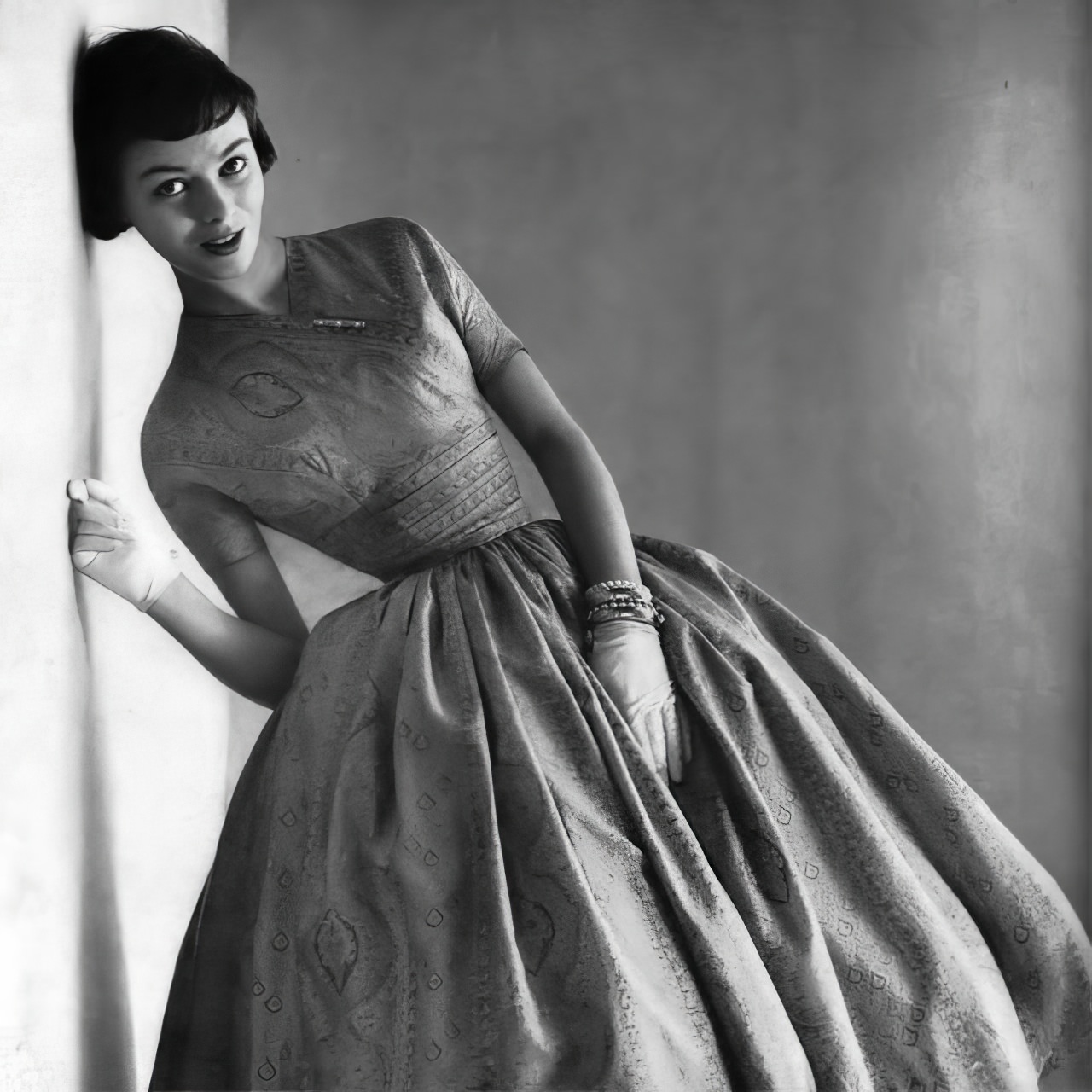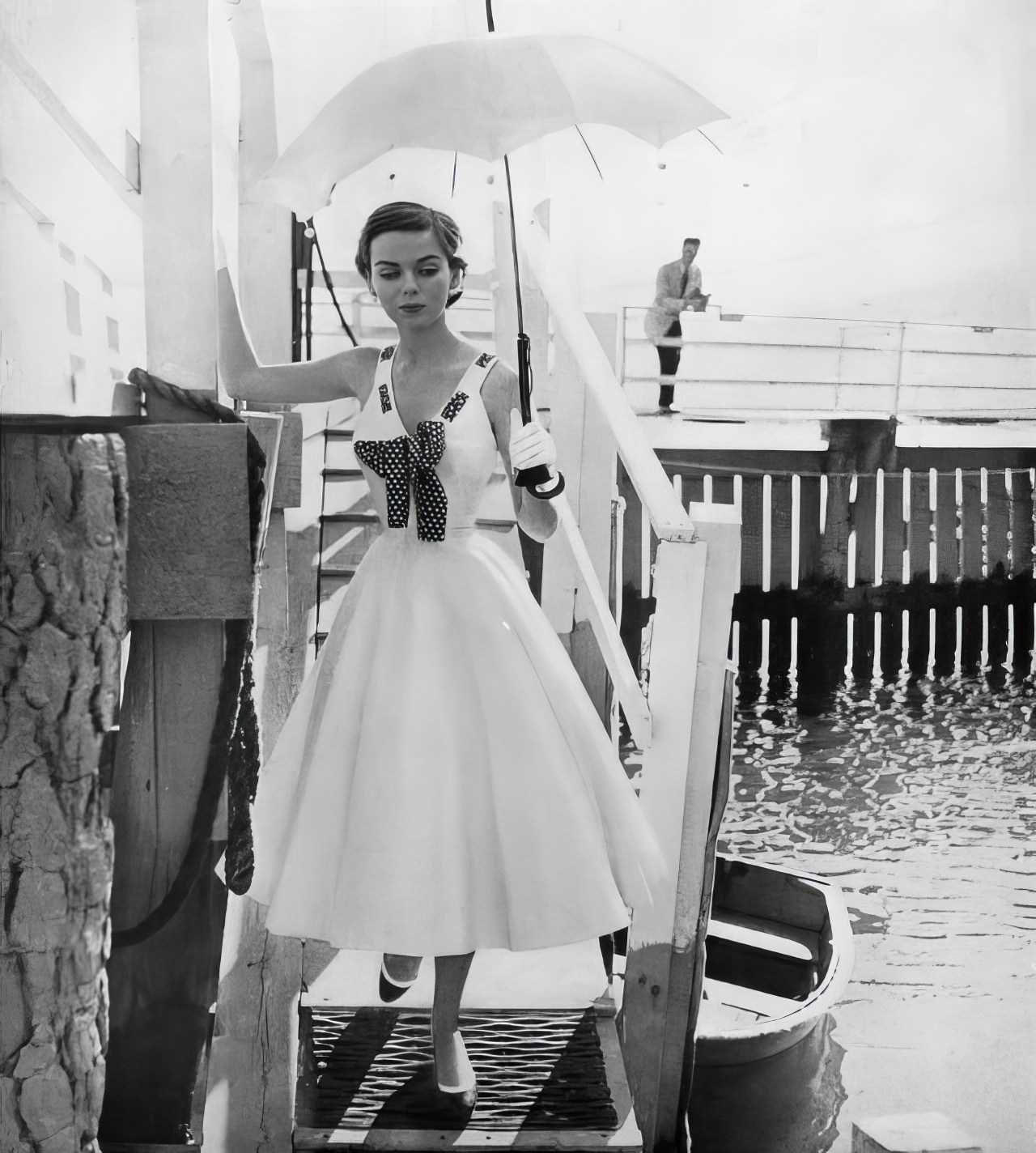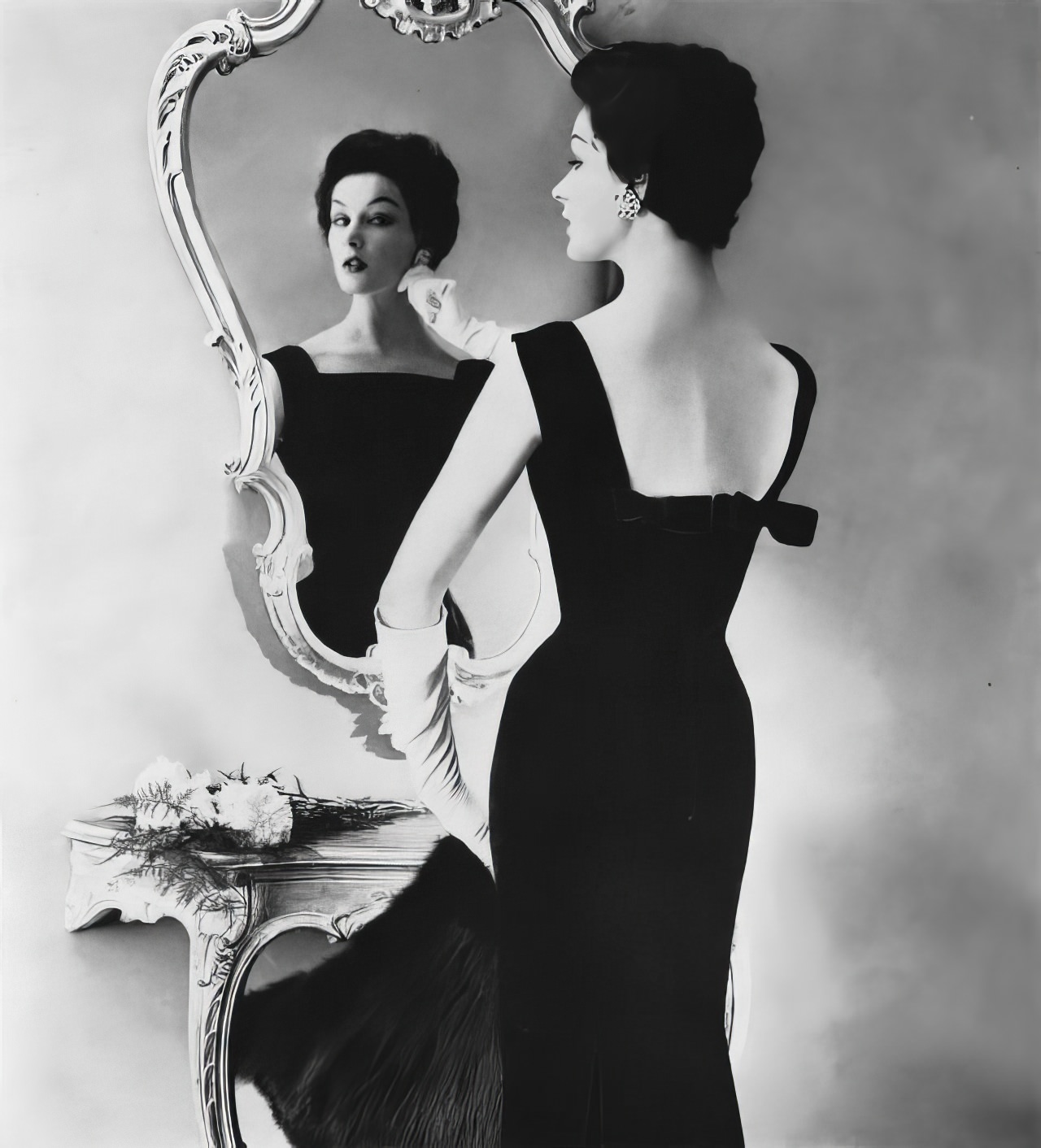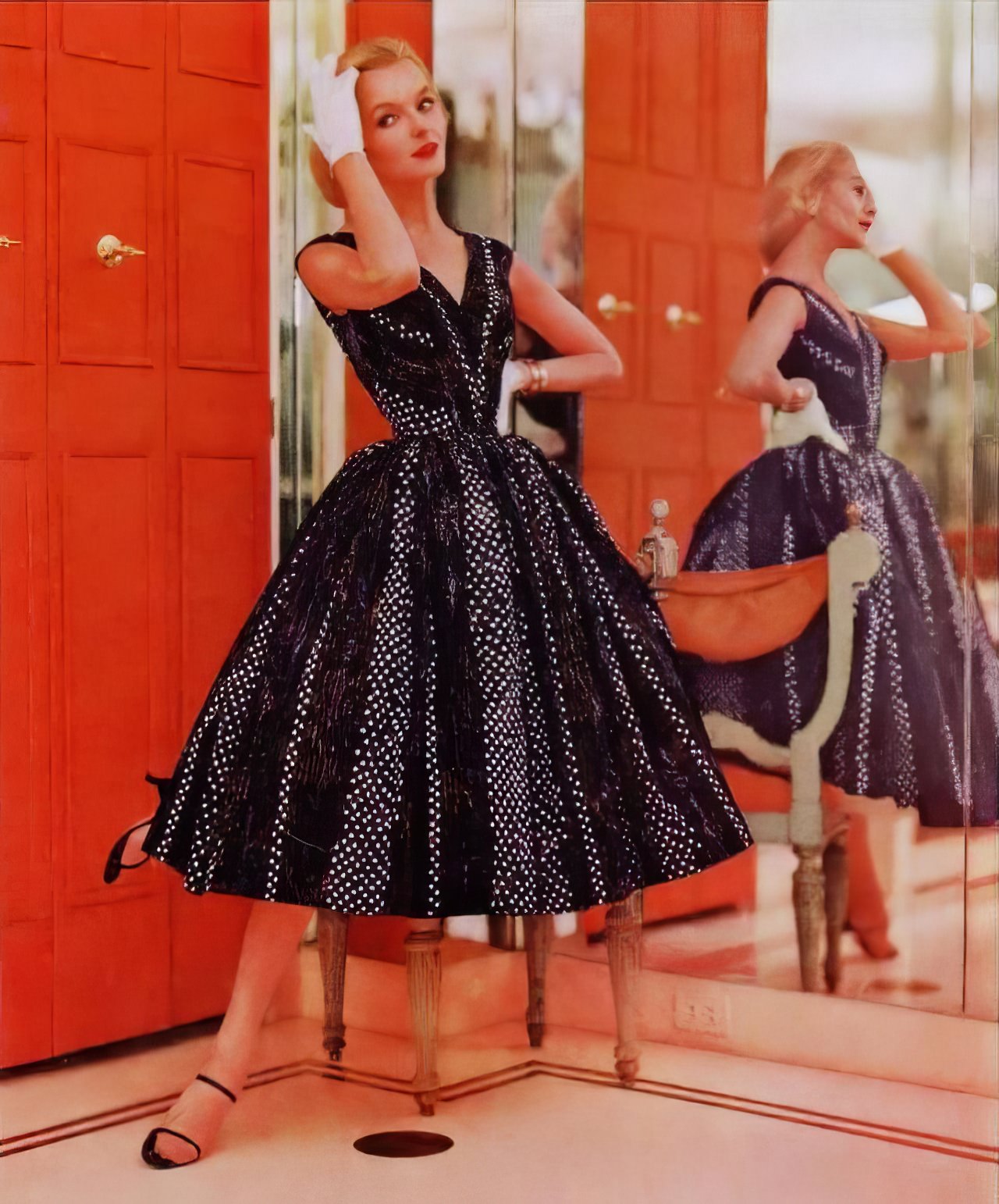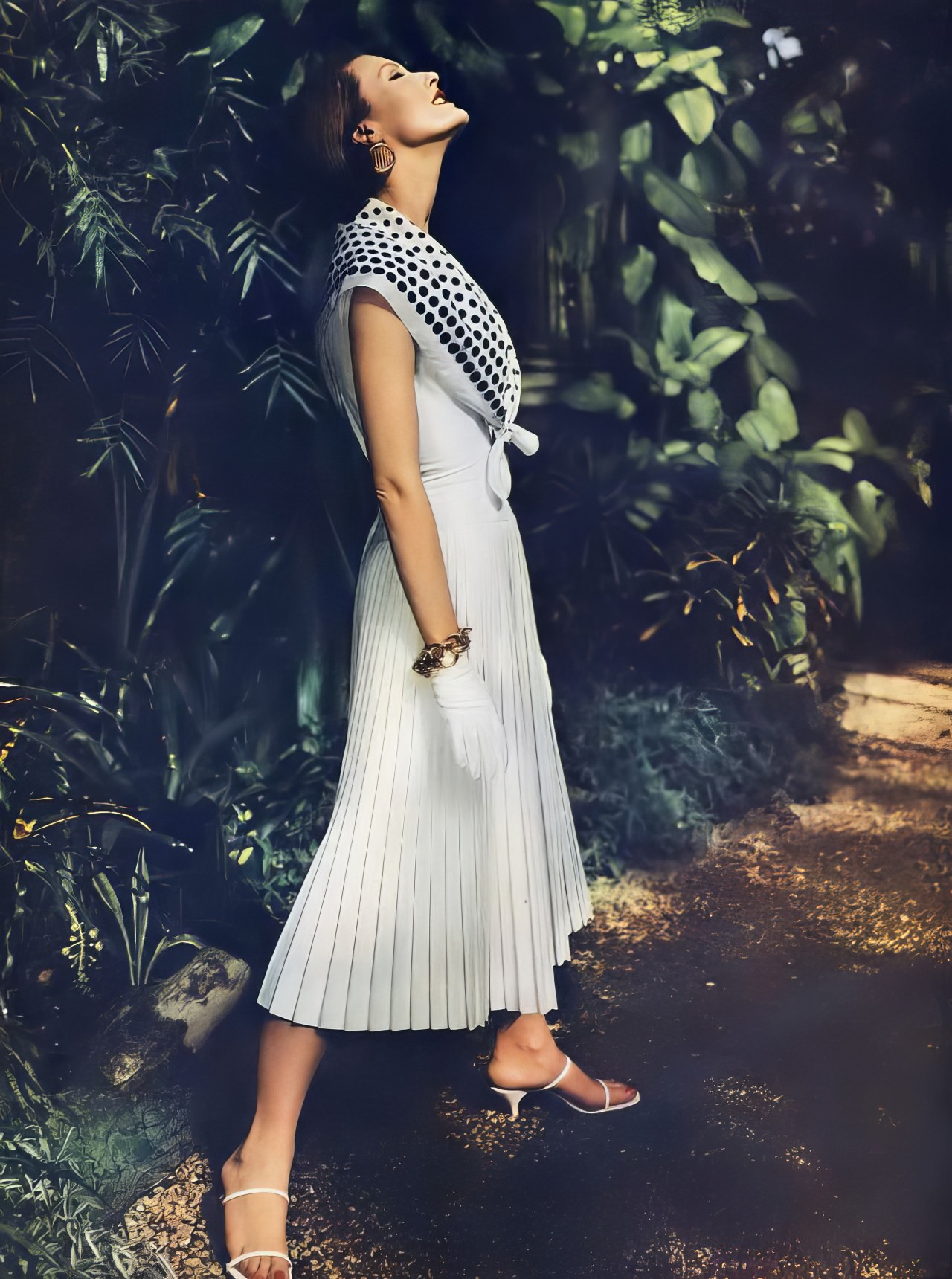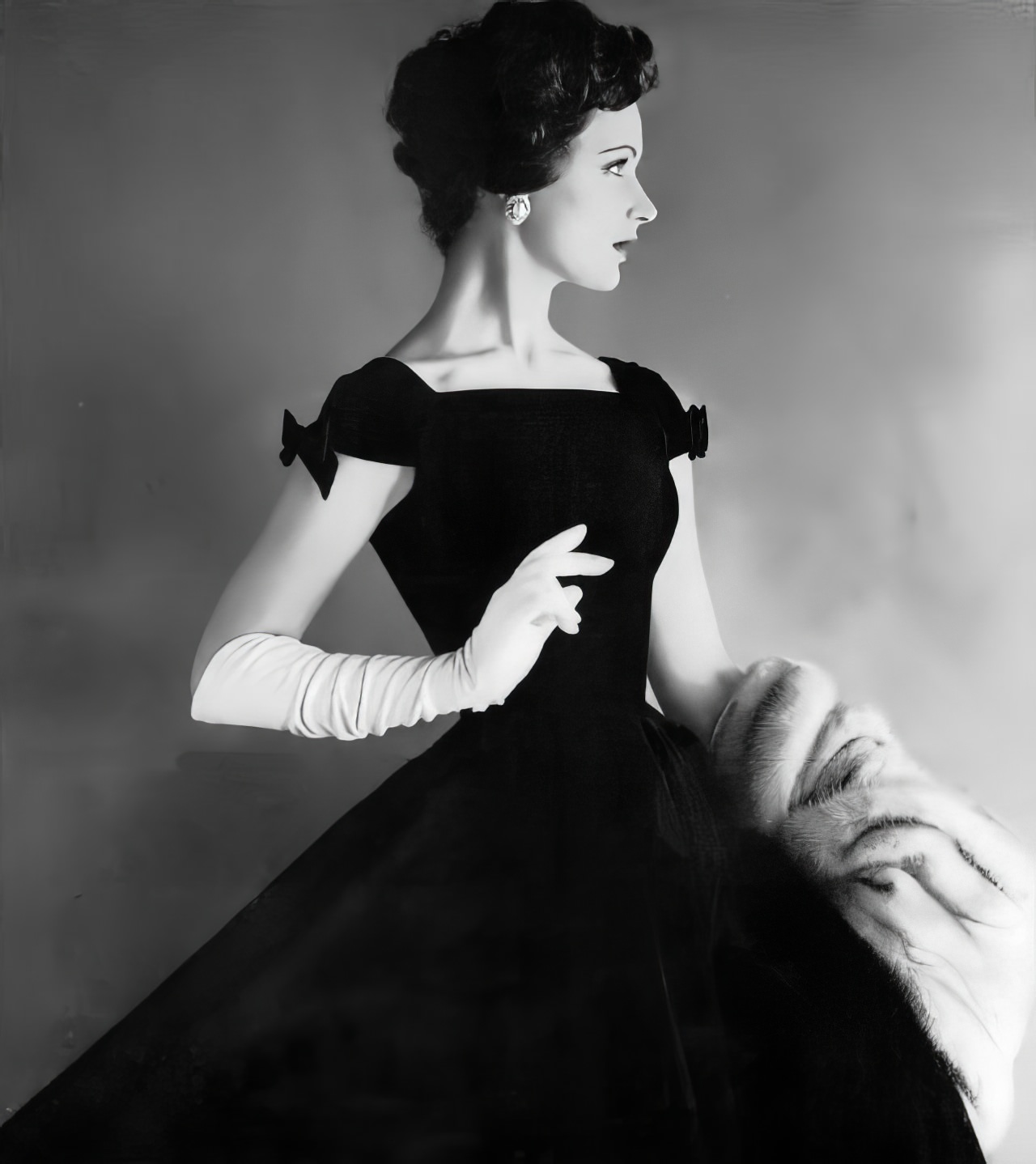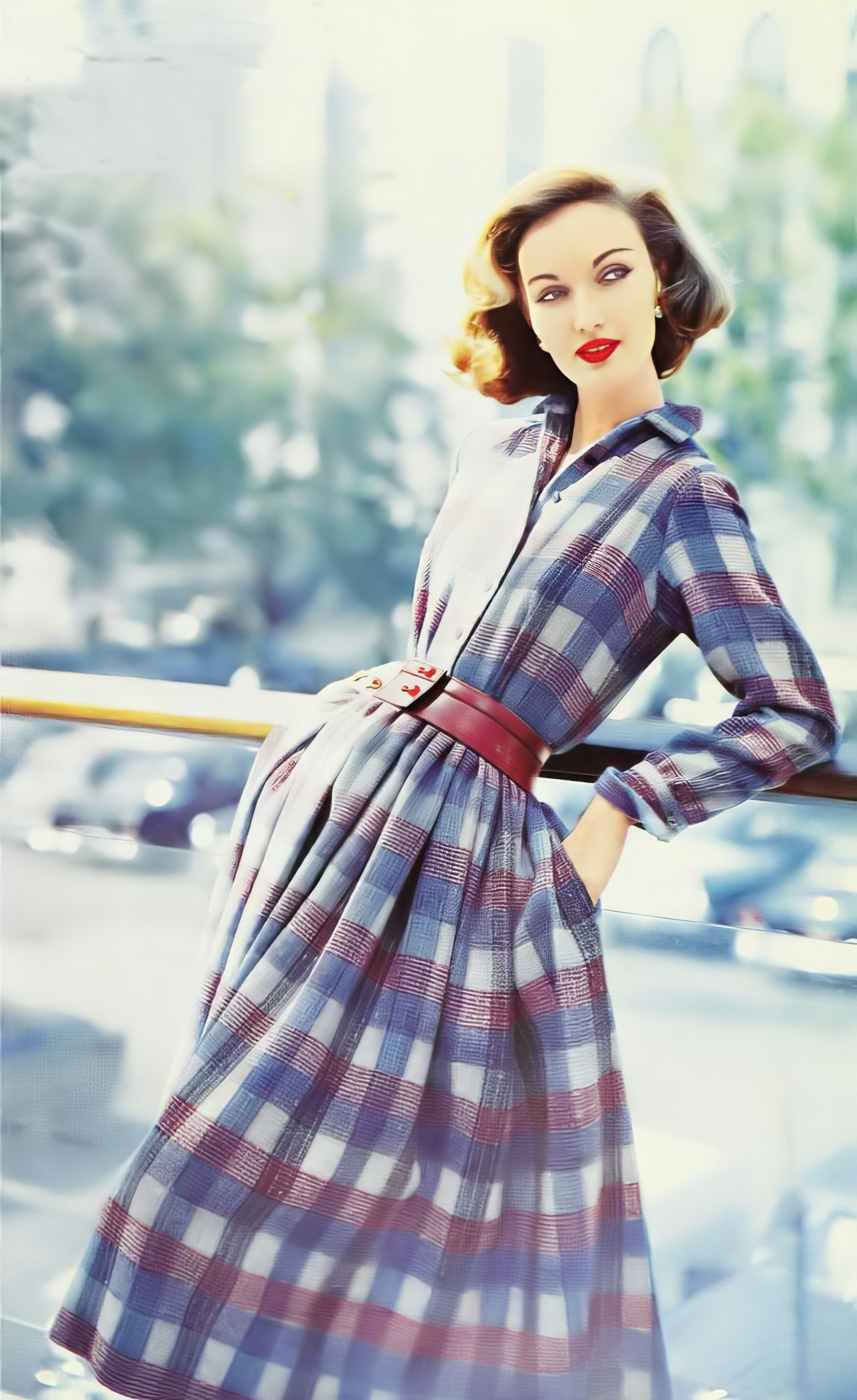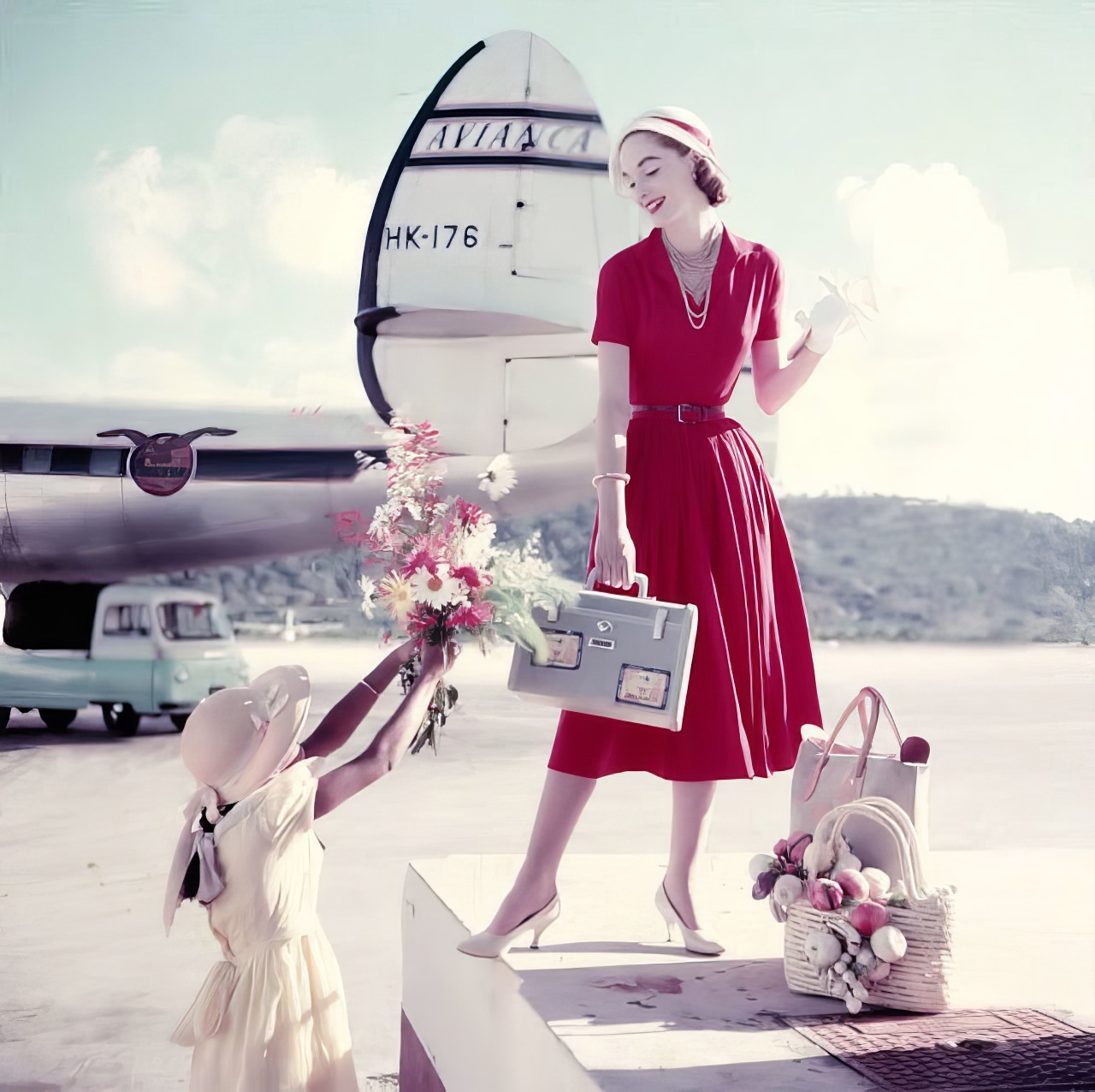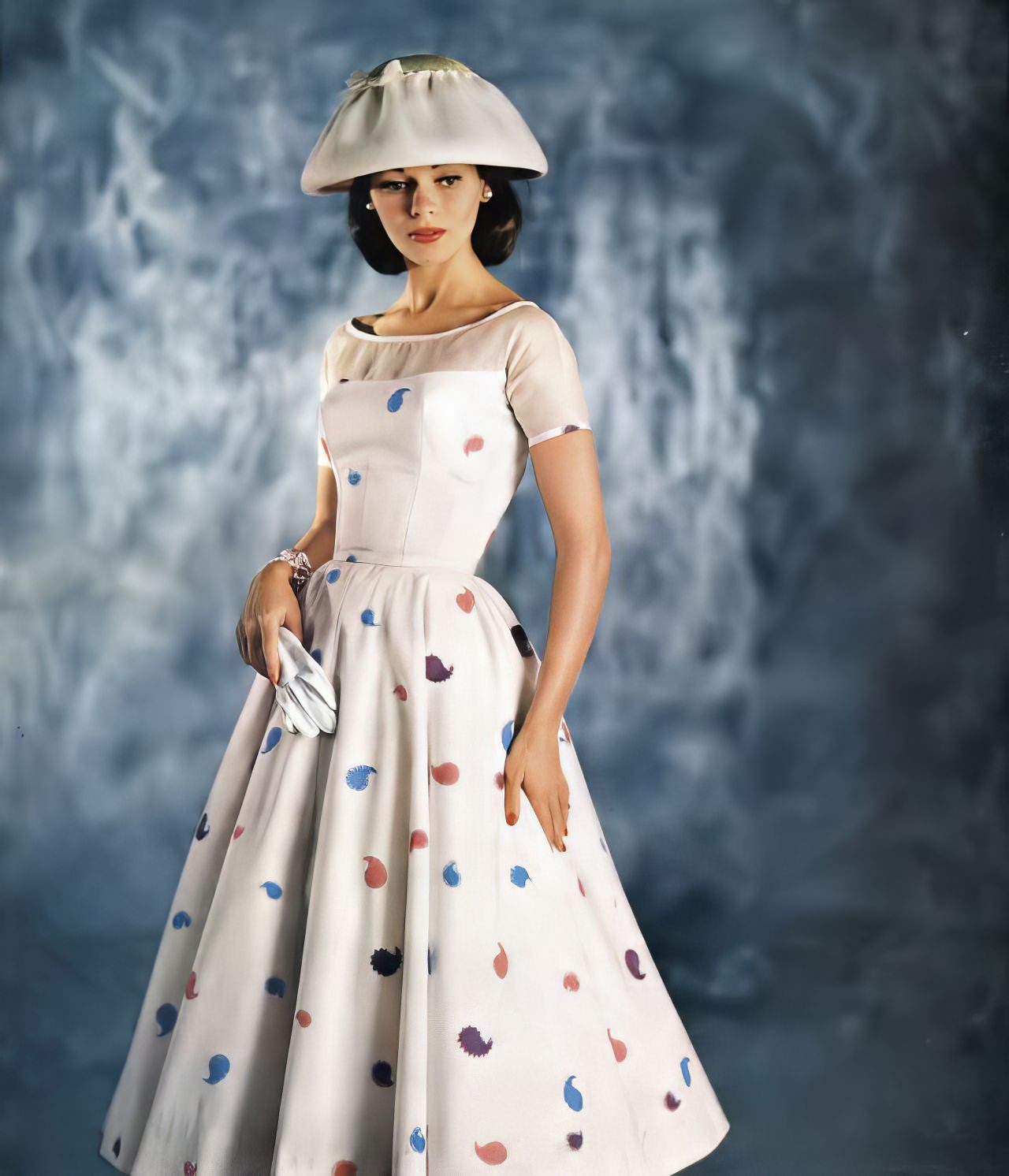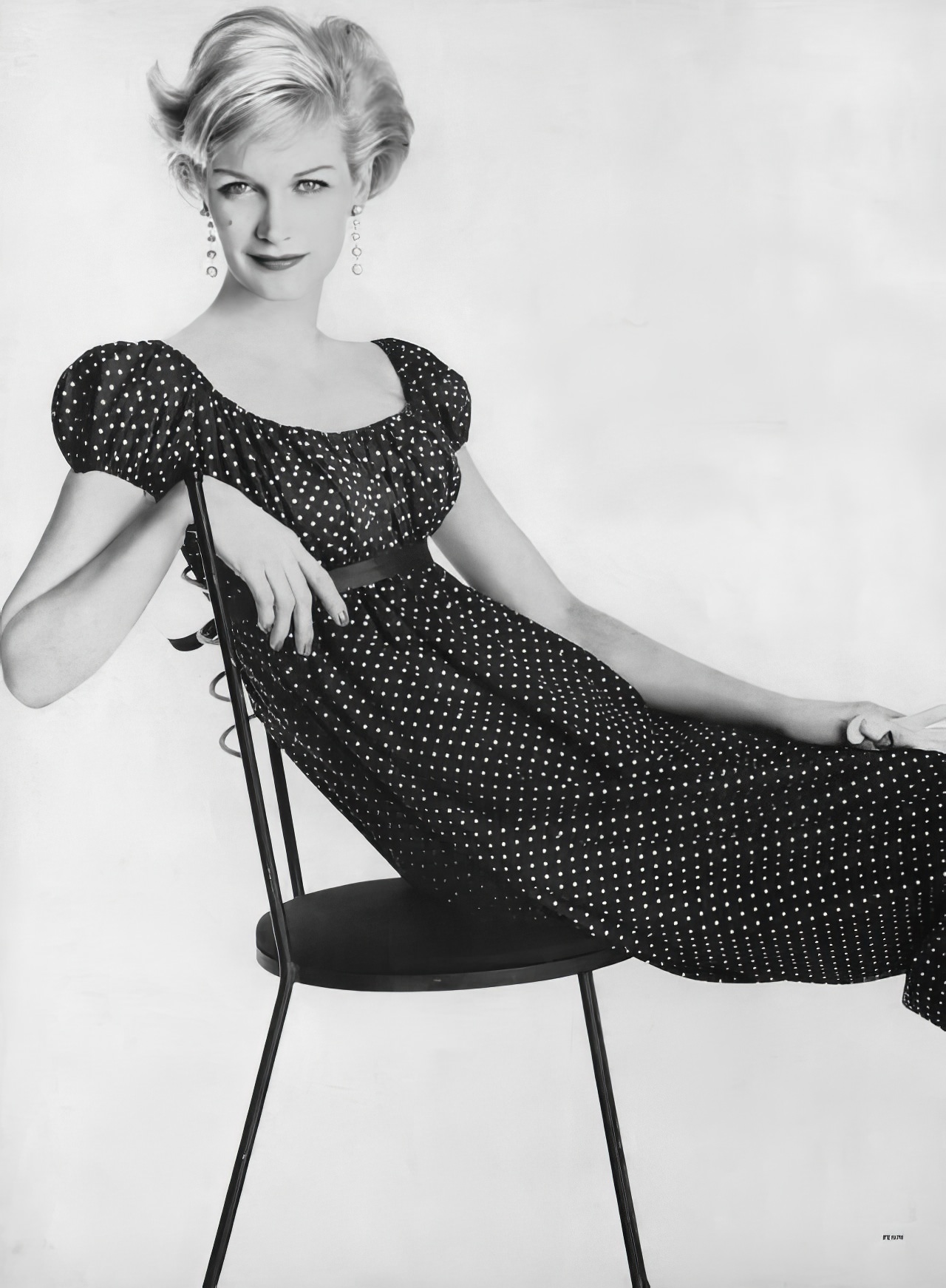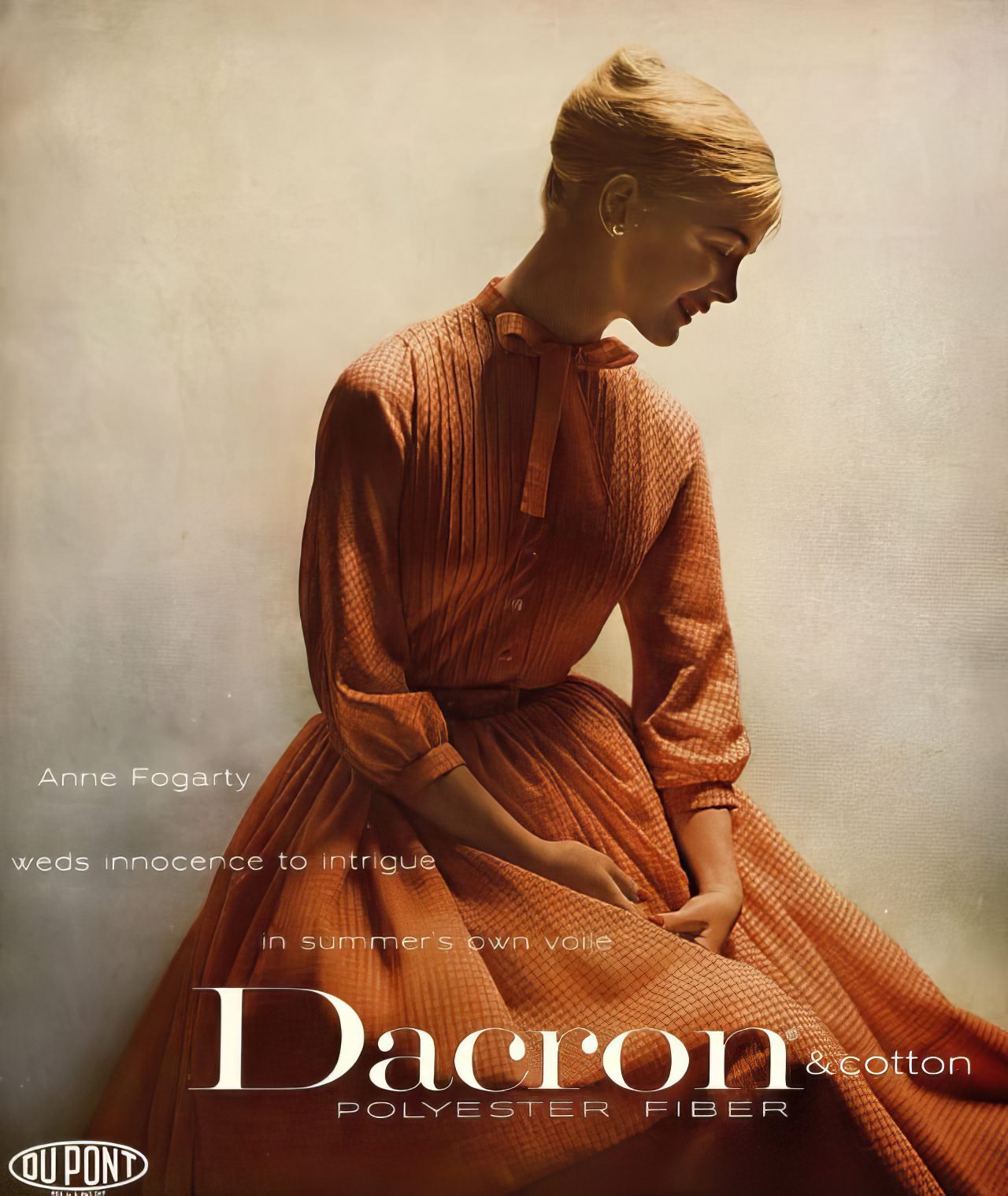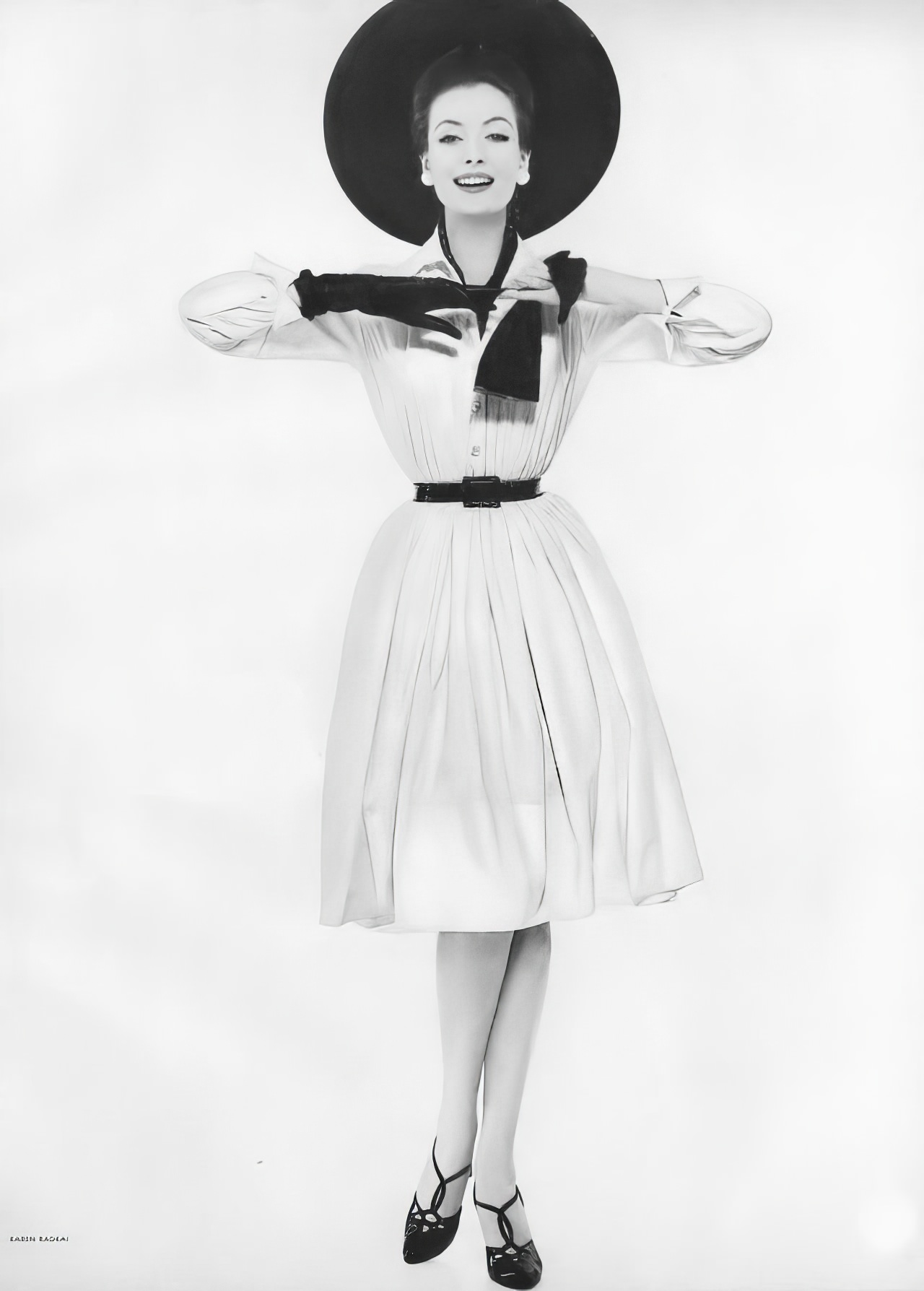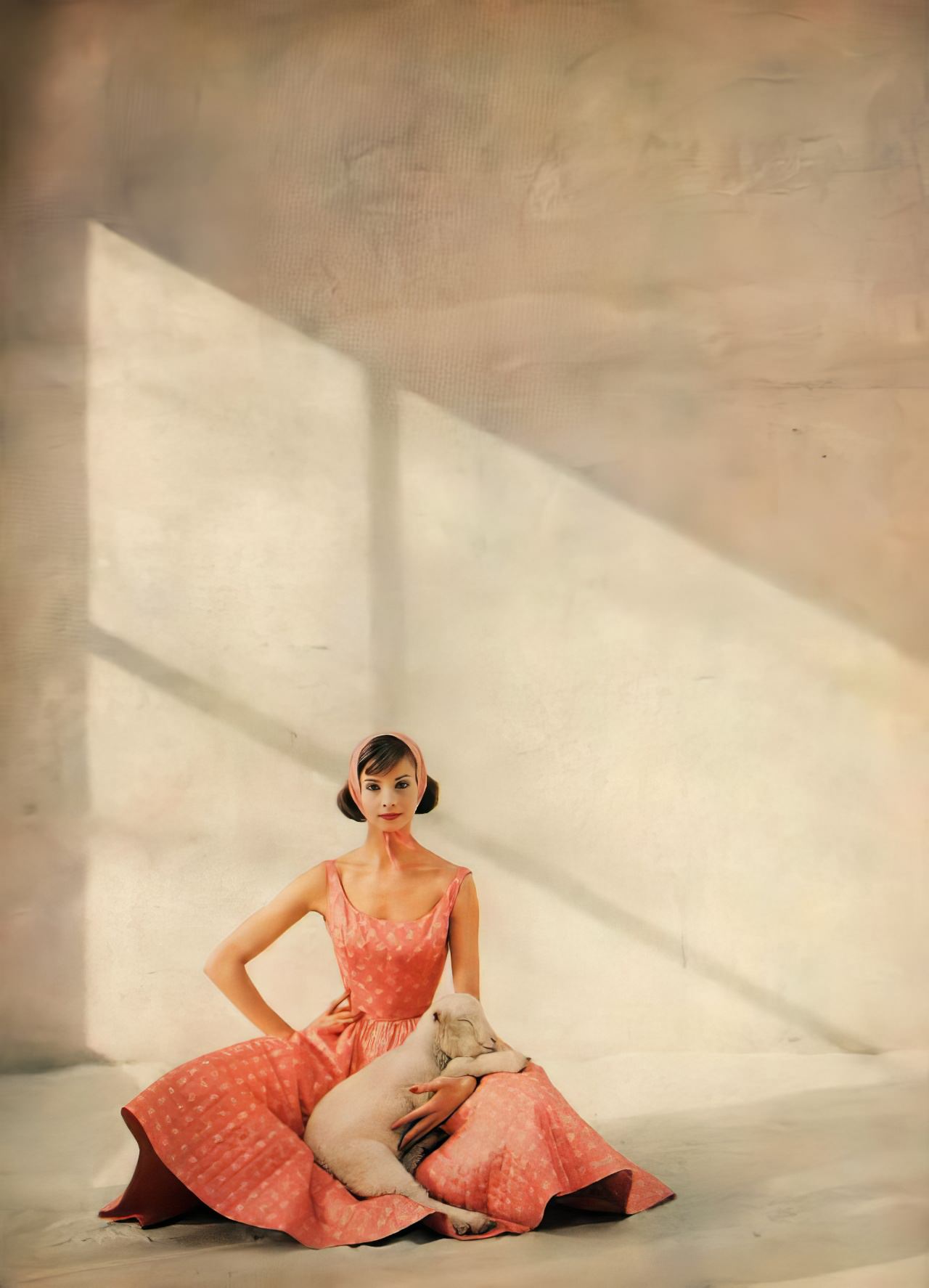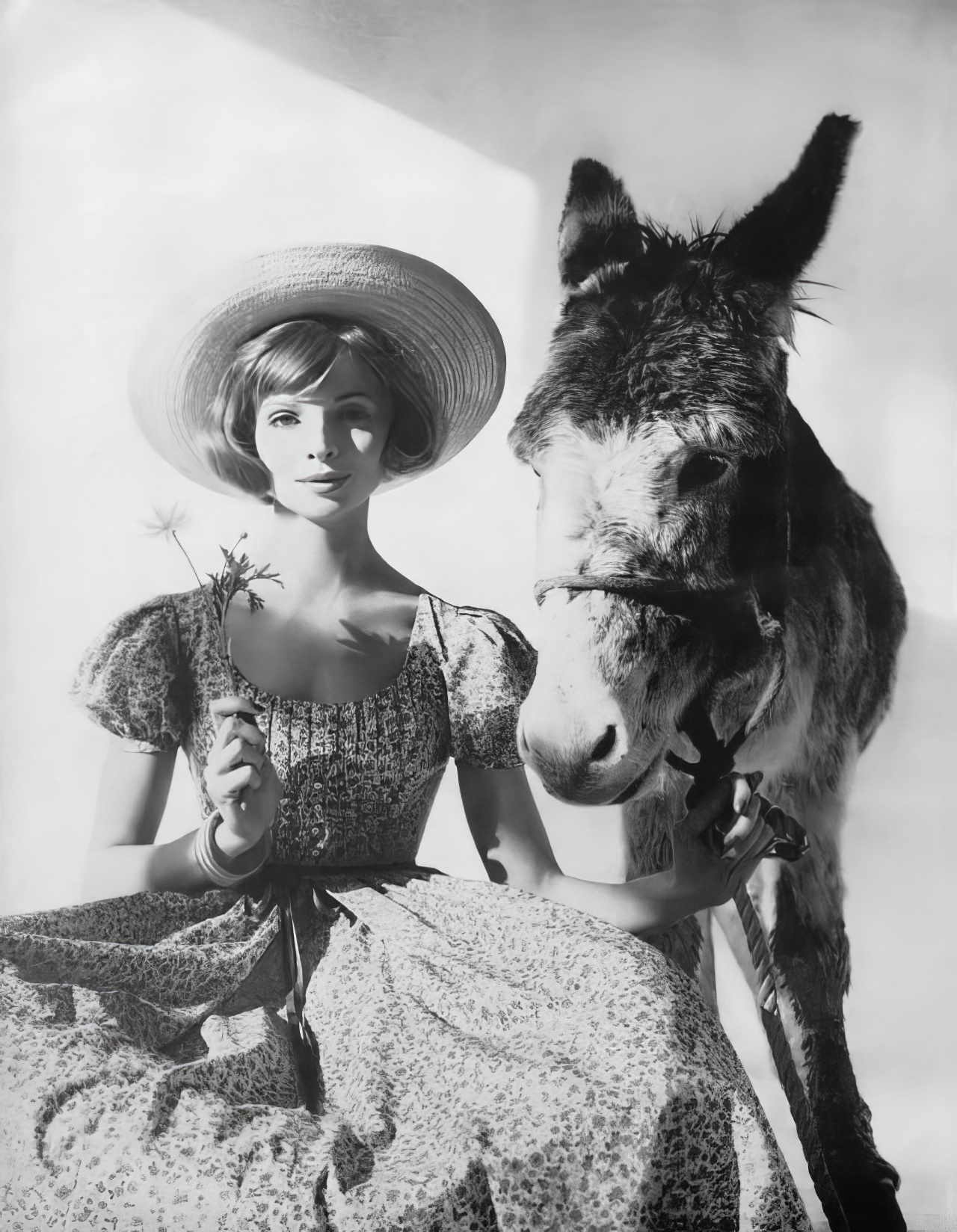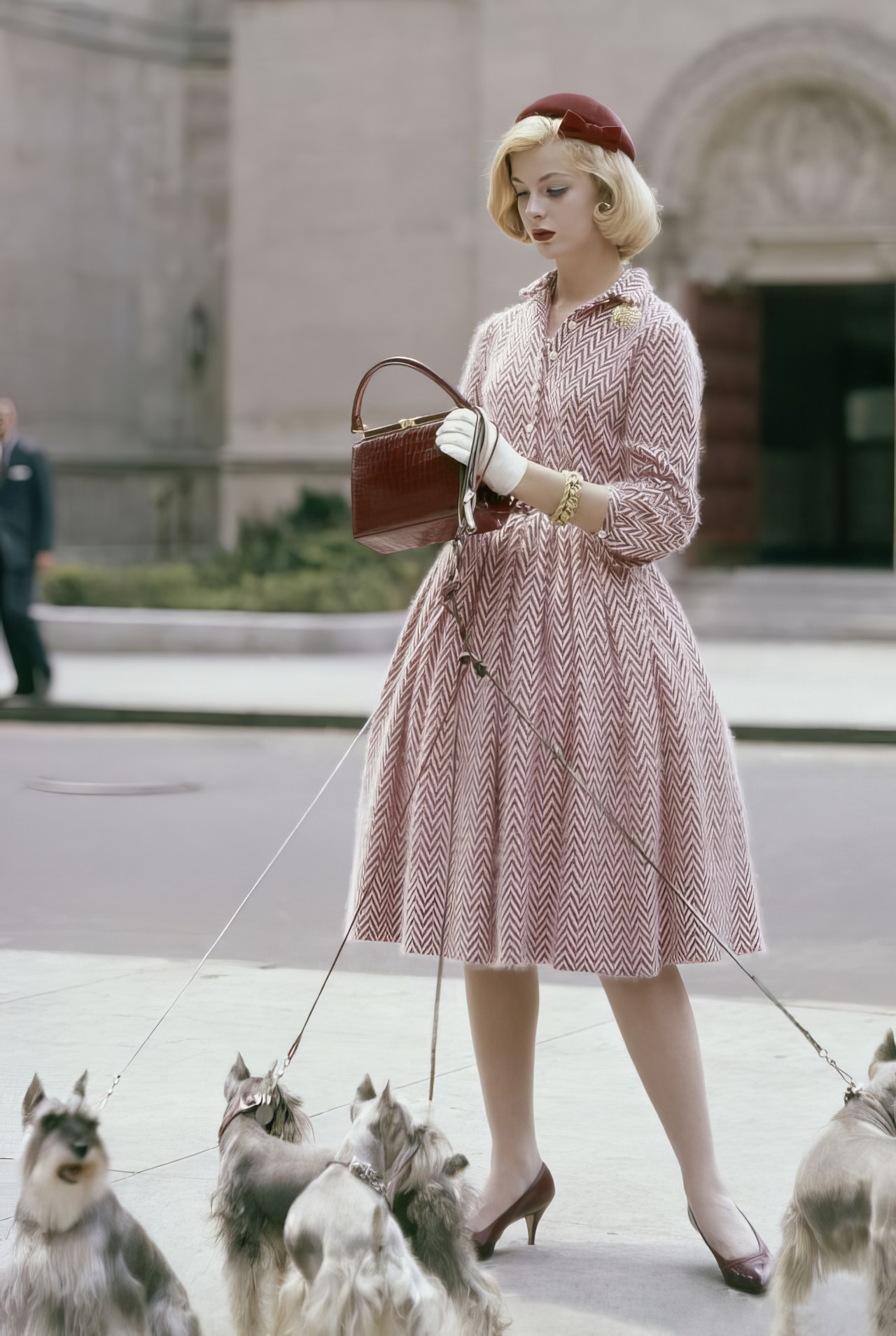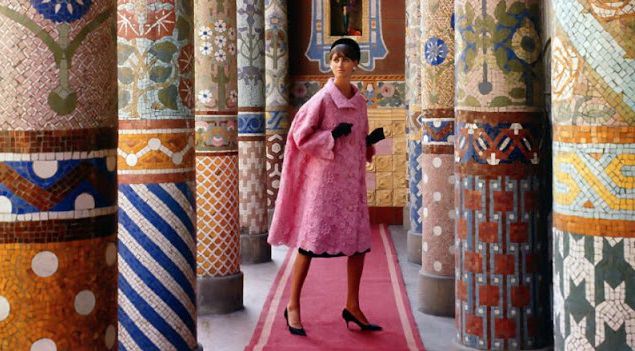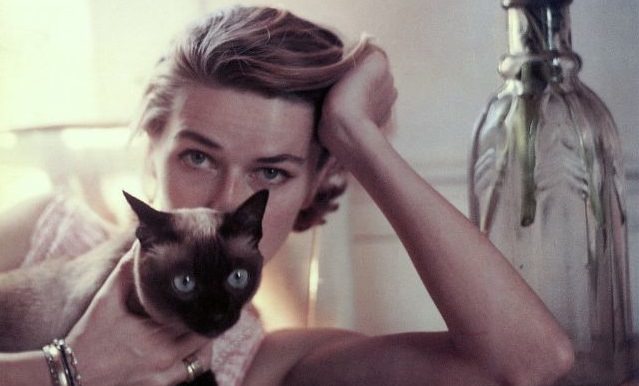The 1950s, a decade of post-war prosperity and cultural blossoming in America, saw fashion taking a distinctly feminine direction, mirroring a society navigating newfound affluence alongside traditional values. During this era, Anne Fogarty emerged as an American fashion designer whose creations epitomized the era’s signature look: elegant, ladylike, and remarkably accessible. Born in 1919 in Pittsburgh, Pennsylvania, Fogarty transitioned from a model to an iconic designer, demonstrating her talent, vision, and keen understanding of American women’s desires and challenges.
From Model to Fashion Designer
Anne Fogarty’s entry into the fashion realm began in New York in 1939, initially modeling for Harvey Berin on Seventh Avenue. This exposure to the fashion industry not only sharpened her aesthetic sense but also embedded a deep comprehension of women’s expectations from their clothing.
Christian Dior’s New Look, which premiered in 1947, heavily influenced Anne Fogarty’s design philosophy. This style, known for its cinched waists and voluminous skirts, offered a fresh perspective on femininity that was romantic and refined. Fogarty adapted and localized this silhouette, focusing on designs with full skirts and fitted bodices, tailoring them for the everyday American woman. Her dresses extended high fashion’s grace to those seeking elegance without excess and style with practicality and affordability in mind.
Making High Fashion Accessible to American Women
Anne Fogarty distinguished herself in the 1950s fashion scene through her dedication to making high-fashion designs accessible to women with limited incomes. Her approach to fabric selection, garment construction, and pricing made it possible for women from various economic backgrounds to engage with the fashion of the time, exuding grace and sophistication without the need for affluence. Beyond aesthetics, Fogarty introduced several innovations in garment construction and design. She pioneered the petticoat’s use to achieve the iconic full-skirted look of the 1950s and often incorporated practical elements like pockets into her designs, emphasizing versatility and wearability.


